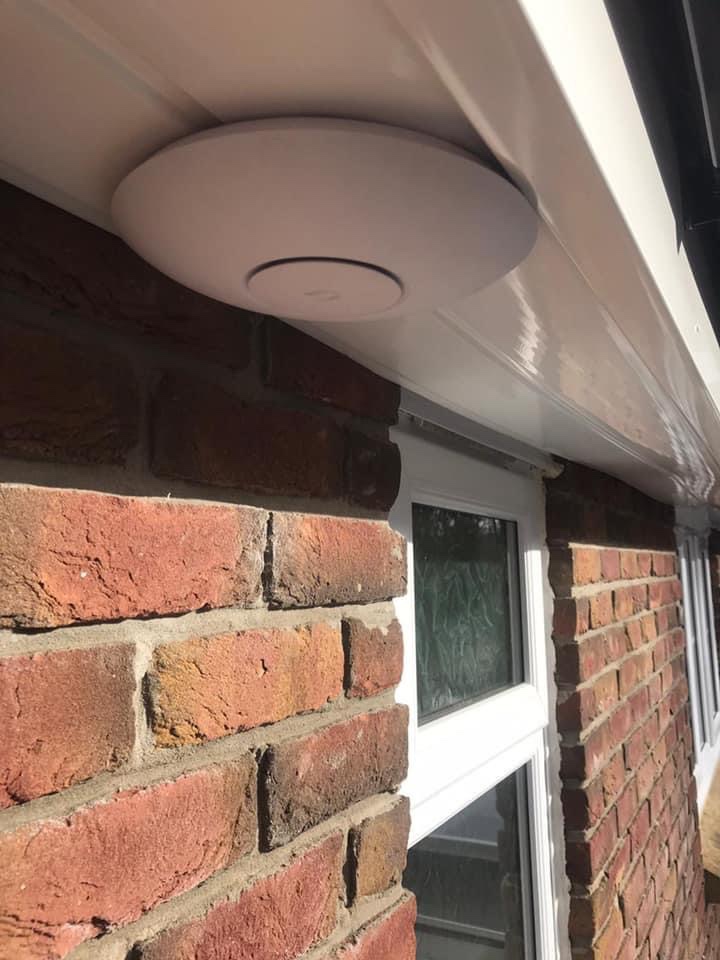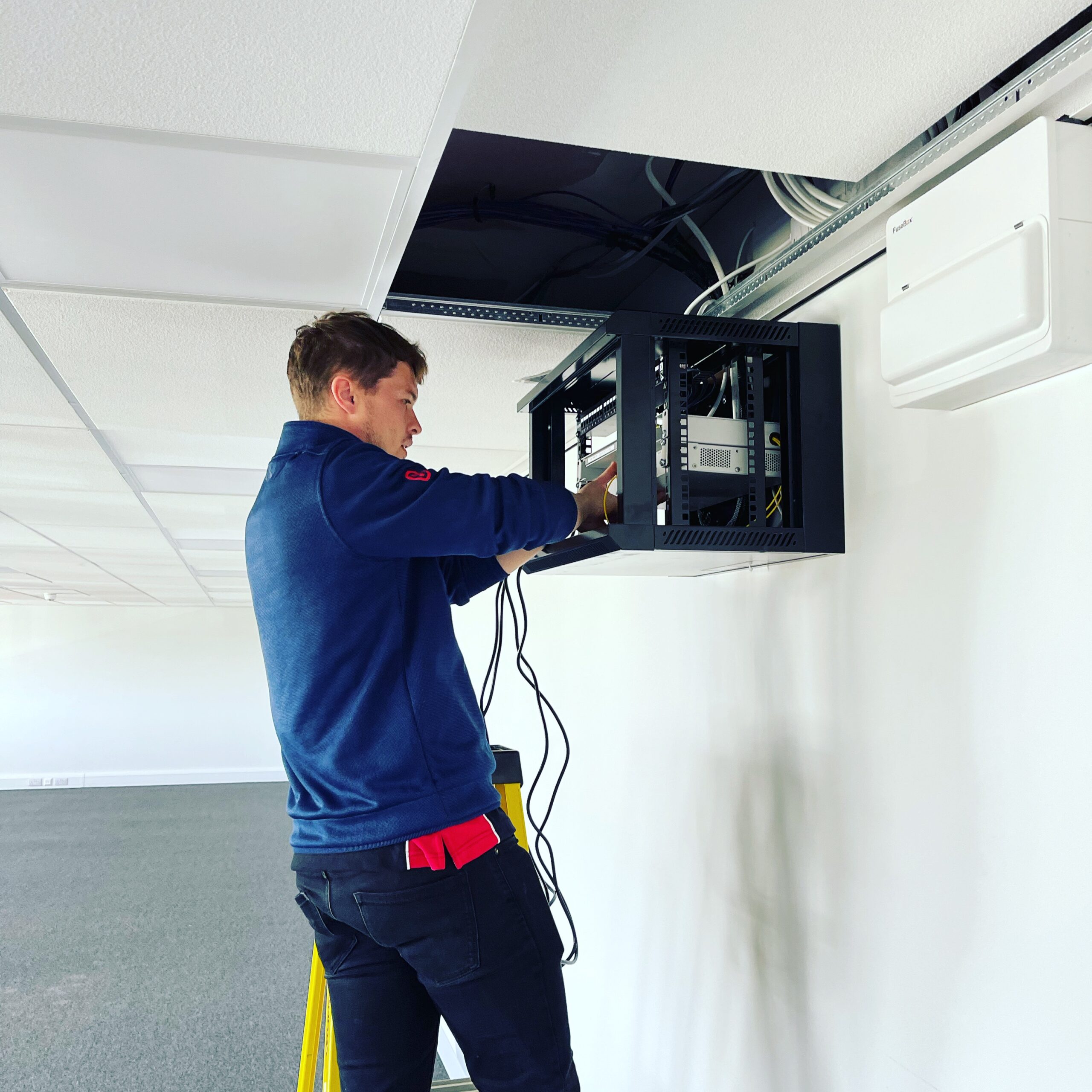Wireless connectivity has become an indispensable part of our lives, whether it’s for browsing the web, streaming movies, or playing online games. With the advent of new wireless technologies like 5G and WiFi 6, there has been a lot of buzz about which one is better in terms of speed, performance, and functionality. In this article, we’ll explore the differences between 5G and WiFi 6 and help you determine which one is the right choice for you.

Speed and Performance
When it comes to speed and performance, both 5G and WiFi 6 offer significant improvements over their predecessors. 5G networks are designed to provide lightning-fast download and upload speeds, with the potential to reach up to 20 Gbps. WiFi 6, on the other hand, is capable of delivering speeds of up to 9.6 Gbps. However, it’s important to note that these theoretical speeds are not always achievable in real-world scenarios.
In terms of latency, 5G has a significant advantage over WiFi 6. The new wireless standard promises ultra-low latency, which means that there is virtually no delay in data transmission. This makes it ideal for applications that require instant feedback, such as gaming or augmented reality. While WiFi 6 also offers improved latency over previous WiFi standards, it cannot match the ultra-low latency of 5G.
Functionality
One of the main advantages of WiFi 6 over 5G is its functionality. WiFi 6 is designed for local wireless networks and is therefore ideal for home and office use. It offers a greater range than 5G, making it easier to cover a large area with a single access point. Additionally, WiFi 6 supports multiple user devices simultaneously, which means that it can handle a large number of devices without slowing down.
5G, on the other hand, is designed for wide-area coverage and is therefore ideal for outdoor use. It can cover large areas, but this comes at the cost of range. 5G signals have difficulty penetrating buildings and other obstacles, which can result in weaker signals and slower speeds. Additionally, 5G networks can only handle a limited number of simultaneous connections, making it less suitable for densely populated areas.
Conclusion
In conclusion, both 5G and WiFi 6 offer significant improvements over their predecessors in terms of speed, performance, and functionality. 5G is faster and offers ultra-low latency, making it ideal for applications that require instant feedback. WiFi 6, on the other hand, offers greater range and can handle a large number of devices simultaneously, making it ideal for home and office use.
Ultimately, the choice between 5G and WiFi 6 depends on your specific needs and usage patterns. If you require high-speed, low-latency connectivity on the go, 5G is the way to go. On the other hand, if you need reliable, high-speed connectivity at home or in the office, WiFi 6 is the better choice.


